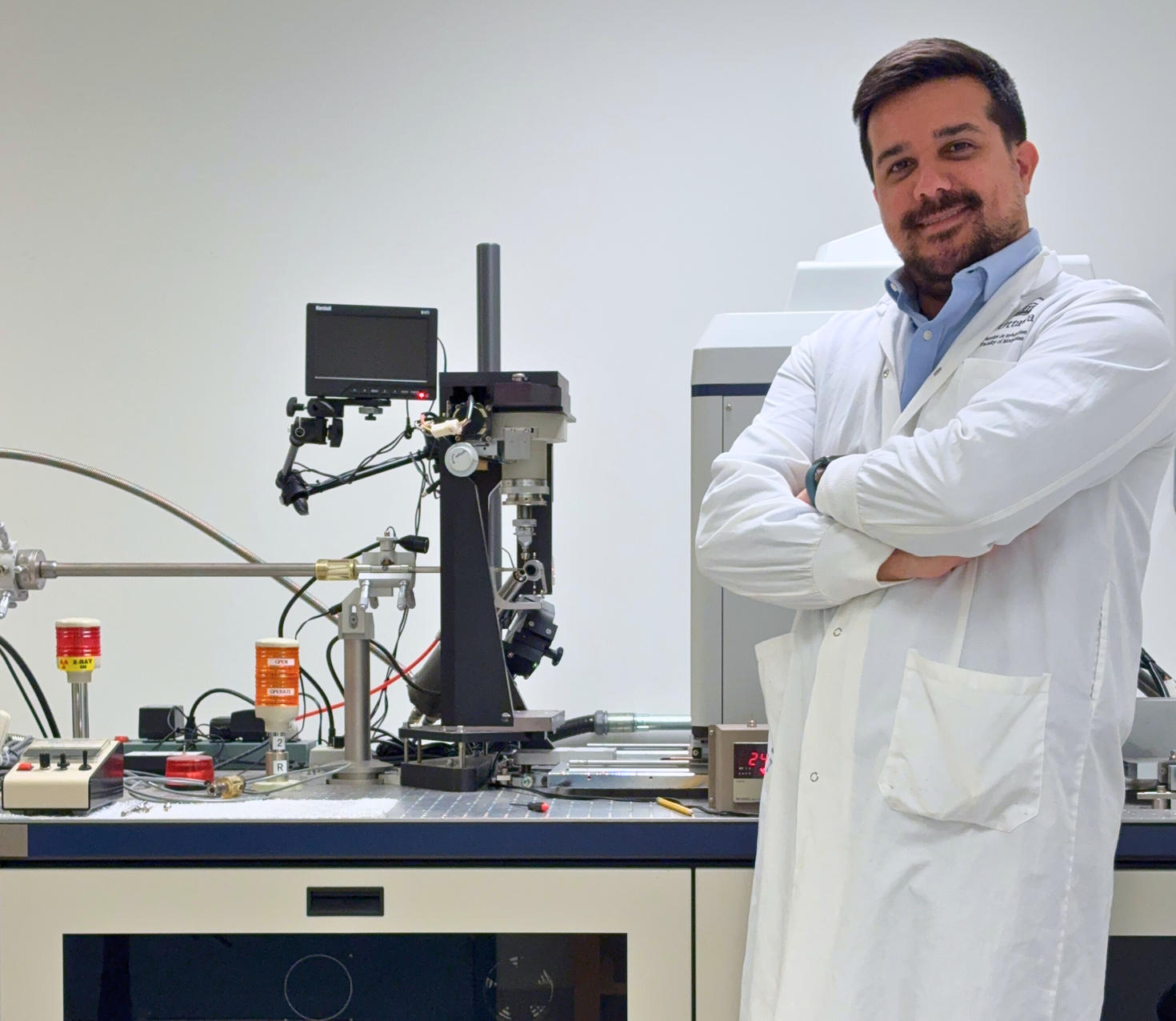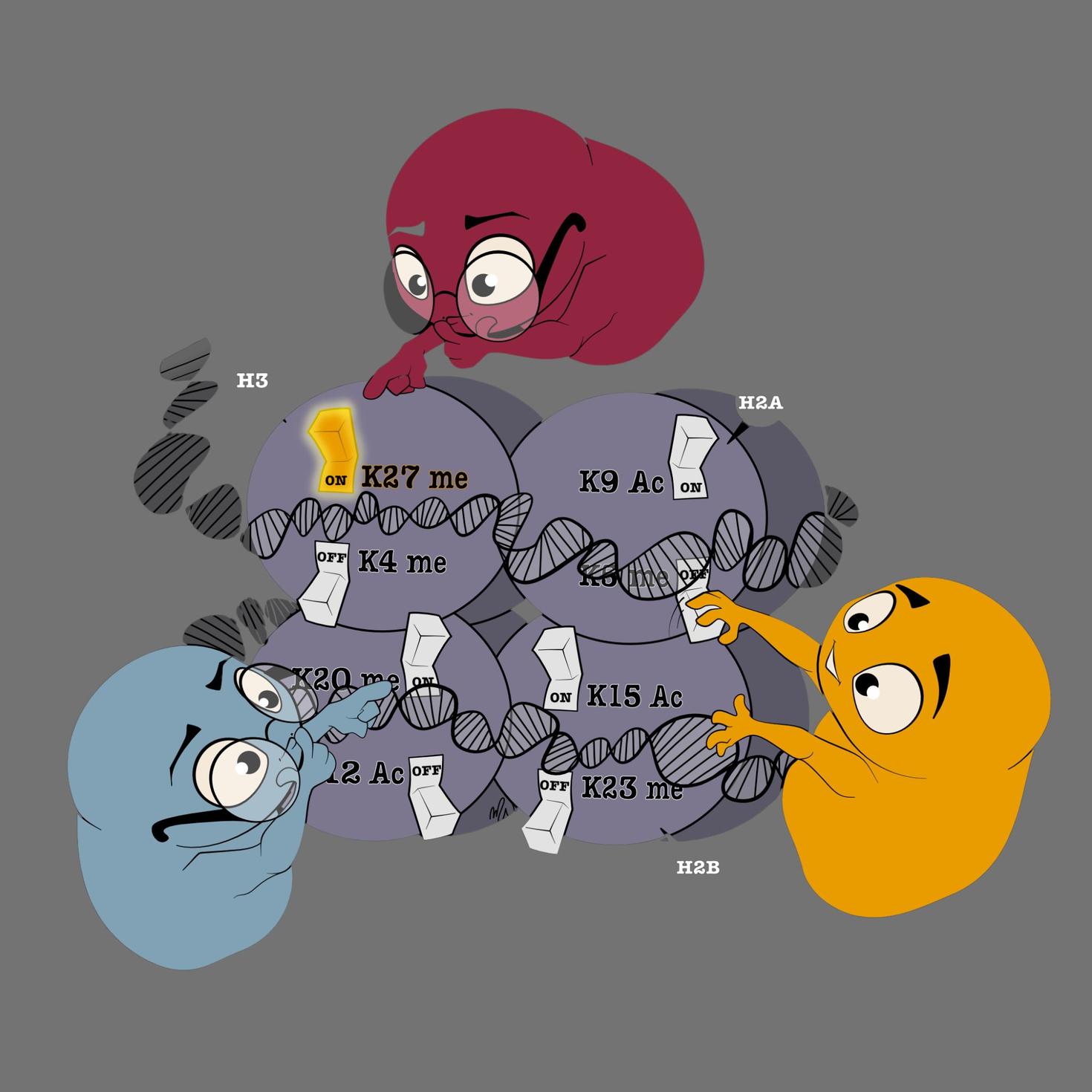Hossein Davarinejad didn’t start out in biology. He studied IT and considered dental school until a single undergraduate biology course shifted everything.

“It was the first time I learned how everything connects, from the basics of DNA to the complexity of disease, and I wanted more.”
Hossein Davarinejad
— Postdoctoral fellow, Faculty of Medicine, University of Ottawa
As a kid, Davarinejad wasn’t satisfied with “because I said so.” He wanted to understand. He wanted to be convinced. That same drive now fuels his fascination with how cells work at the molecular level.
His curiosity eventually led him to complete a master’s degree in molecular biology at York University, followed by a PhD in biochemistry at the University of Ottawa. Today, he is a postdoctoral fellow in the Faculty of Medicine and the 2024 recipient of the Polanyi Prize in Physiology and Medicine, an award named after Nobel laureate John Polanyi and sponsored by the Government of Ontario that recognizes outstanding early-career researchers. He received this honour for his work on how gene regulation and DNA repair are controlled at the molecular level.
The switchboard inside every cell
If DNA is the instruction manual for life, epigenetics is the system of bookmarks and sticky notes that tells the cell what to read and when.
A key player in this system are histones, tiny spool-shaped proteins that help package and organize DNA. Cells can add chemical tags to histones to mark which parts of DNA should be active or silent.
One such tag, called H3K27 methylation, is a focus of Davarinejad’s research. It acts like a molecular switch that can turn off genes or signal that something in the DNA needs fixing.

Why DNA needs repair
We tend to think of DNA as stable, but it’s constantly under stress. Every day, our cells face damage from sunlight, pollution, and even their own metabolism. These factors can cause breaks or mutations in the genetic code.
If left unchecked, this damage can scramble the instructions that keep cells healthy, leading to cancer, premature aging, or developmental problems. To combat such issues, our cells have evolved complex systems to detect and repair damaged DNA.
Davarinejad studies how these detection and repair systems know when and where to step in. His research zooms in on the molecular “tags” that act as damage signals, and how proteins read them like a repair manual.
Seeing molecular messages
To study these tiny interactions, Davarinejad uses X-ray crystallography and cryo-electron microscopy. These advanced imaging techniques and tools allow him to see proteins and DNA in three dimensions with high resolution. These methods are part of structural biology, which studies how molecular shapes affect how cells work.
Davarinejad studies proteins with the attention to detail of someone who needs to understand exactly how things work, even at the smallest level.
“People who know me say I pay attention to detail. I need to be convinced," said Davarinejad. "I need to understand exactly how it works.”
From structural clues to human health
During his doctoral research, Davarinejad received training at McGill and worked with JeanFrançois Couture and international collaborators at Yale. His key breakthrough, published in 2022 in Science (one of the world’s leading scientific journals) showed how cells perform molecular proofreading to avoid critical gene-reading mistakes.
Today, his research focuses on human proteins linked to DNA repair. One area of interest is sponastrime dysplasia, a rare developmental disorder that affects children. The condition involves mutations that confuse the cell’s repair system, causing it to overlook broken DNA. Similar repair failures happen in many cancers, where the wrong genes are turned on, or the right ones are turned off, at the wrong time. Davarinejad’s work helps explain how these repair failures happen.
Powered by collaboration
Davarinejad’s research is the product of a collaborative ecosystem. He is a member of the Ottawa Institute of Systems Biology, an institute that works closely with the Ottawa Hospital Research Institute, the University of Ottawa Heart Institute, and CHEO, where epigenetics is playing an increasingly important role in pediatric research.
Another example of collaboration occurred at a conference, where Davarinejad connected with a University of Calgary researcher who had read his paper in Science. That conversation led to a faster method for preparing protein samples that is now saving lab time and improving results.
Building pathways for future researchers
Davarinejad is a strong supporter of early research training and a proponent of the University of Ottawa’s Translational and Molecular Medicine (TMM) program, which gives students early lab experience and mentorship. He also points to uOttawa’s bioinformatics programs, which encourage students to combine coding and biology to explore gene activity, protein structure, and AI-driven research.
“Biology is becoming more and more about computing; someone with coding skills can really carve out a niche,” he added.
In Davarinejad’s view, these interdisciplinary skills are essential in a field where discovery increasingly depends on both microscopes and machine learning.
He also encourages students to stay aware of industry trends and applications, noting that their uOttawa training equips them well not only for academic careers, but also for roles in biotech and pharmaceutical industries.
A future in focus
Whether he’s modeling a protein structure or identifying a molecular misfire in a disease pathway, Hossein Davarinejad is expanding our understanding of gene regulation and repair.
At the University of Ottawa, he is one of a new generation of researchers who are combining precision tools with big-picture thinking, laying the groundwork for tomorrow’s breakthroughs.
And it all started with a single biology course that made everything click.
